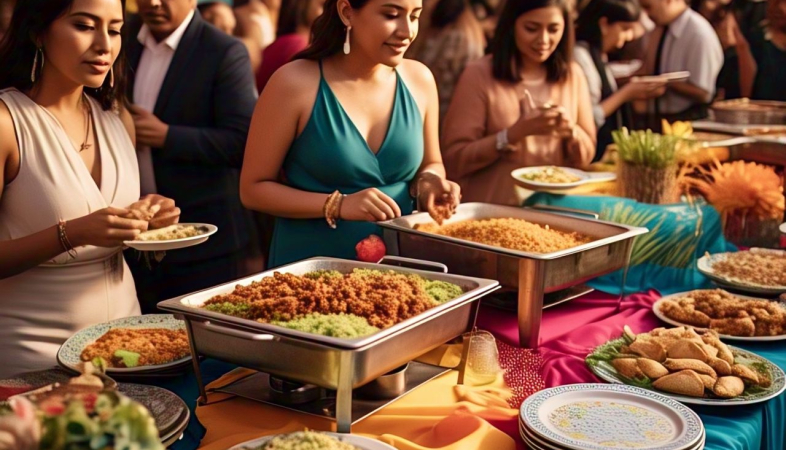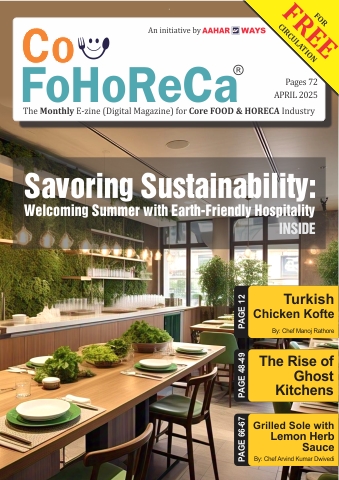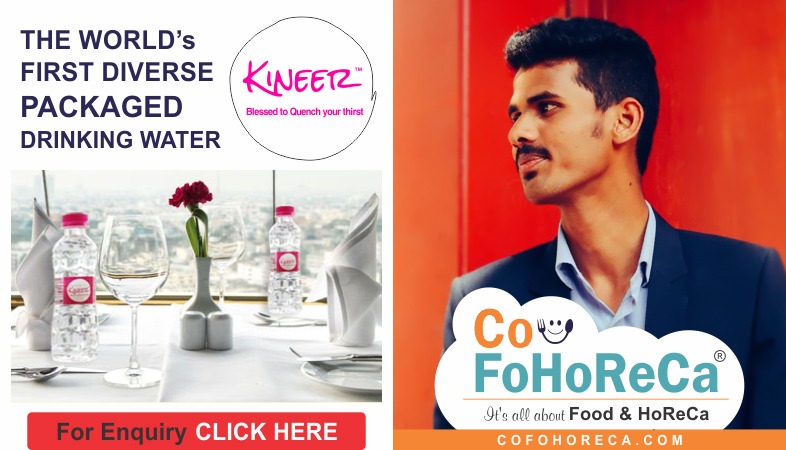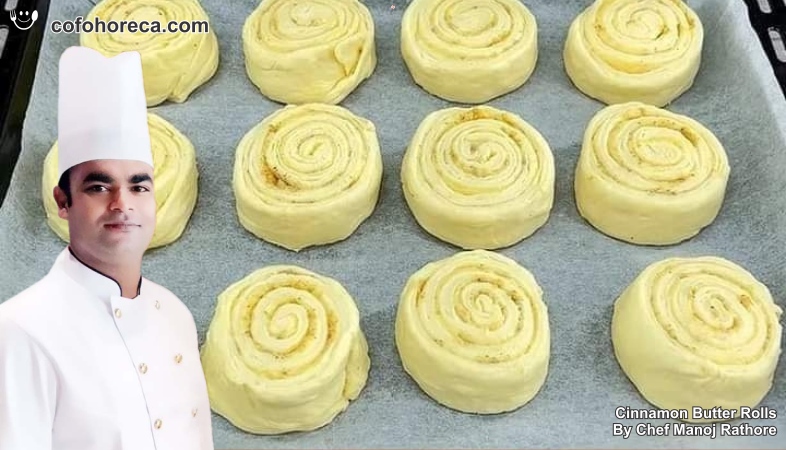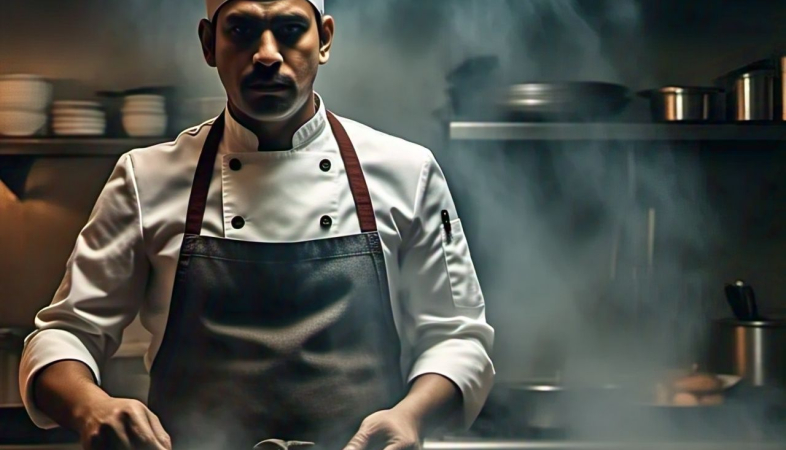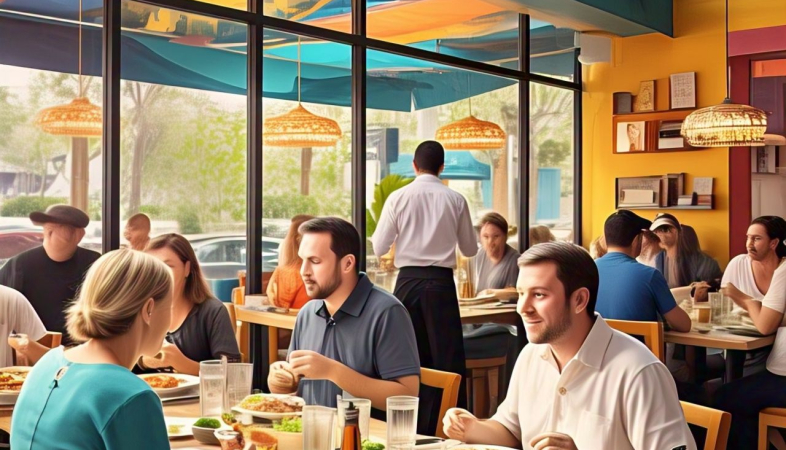The Digital Buffet: How QR Codes Are Changing the Self-Serve Catering Model
The self-serve catering model is evolving, and QR codes are at the center of this transformation.
In the ever-evolving world of hospitality and catering, QR
codes are transforming the self-serve buffet experience. Once just a tool for
scanning menus in restaurants, these codes are now at the heart of a seamless,
tech-driven dining revolution, making self-serve catering more efficient,
hygienic, and personalized than ever before.
Traditional buffets often struggle with long lines, food waste, and hygiene concerns. QR codes help tackle these issues by allowing guests to browse digital menus, select portion sizes, and even place customized orders from their smartphones. This minimizes crowding around serving stations while giving guests a more personalized dining experience.
One of the biggest advantages of QR-code-enabled buffets is real-time menu updates. Caterers can instantly inform diners about dish availability, ingredient changes, or special dietary options. This not only reduces confusion but also ensures that guests have access to accurate nutritional and allergen information before making a selection.
Customization is another game-changing feature. Some catering services now use QR codes to let guests modify their orders—choosing sauce levels, spice preferences, or portion sizes—before the kitchen prepares their plate. This approach blends the convenience of buffets with the personalized touch of made-to-order dining.
Payments and loyalty programs are also being integrated into the QR code experience. Guests can scan a QR code at their table or food station, select items, and pay digitally without needing to interact with staff. Some catering businesses even offer rewards points or discounts for frequent customers, encouraging return visits while streamlining the payment process.
For event planners and corporate functions, QR-code buffets provide valuable data insights. Organizers can track which dishes are most popular, analyze peak dining times, and adjust portions accordingly to minimize waste. Some advanced systems even allow guests to pre-select their meals before the event, ensuring smoother service and a better overall experience.
Beyond efficiency, QR codes are enhancing sustainability efforts in catering. With digital menus replacing printed signs and paper order slips, businesses can cut down on waste while offering an eco-friendly solution. Additionally, data-driven portion control helps reduce food waste, making buffets more environmentally responsible.
The self-serve catering model is evolving, and QR codes are at the center of this transformation. By combining convenience, hygiene, and personalization, digital buffets are setting a new standard for modern dining, proving that technology and hospitality can go hand in hand to create a smarter, more enjoyable experience for guests.
.png)


